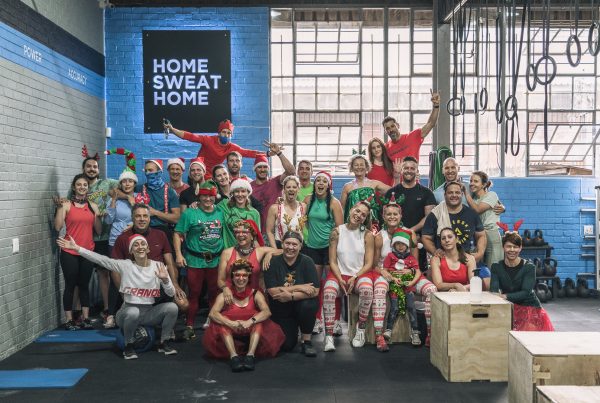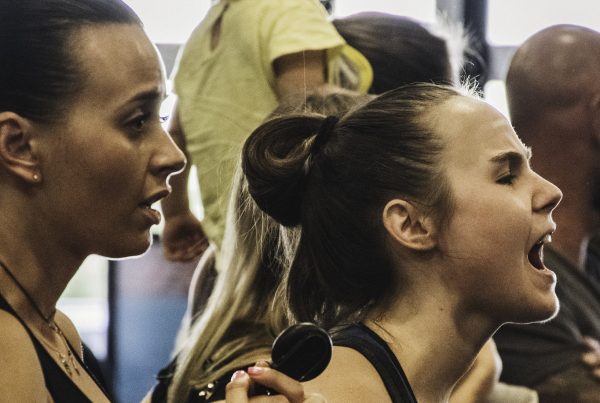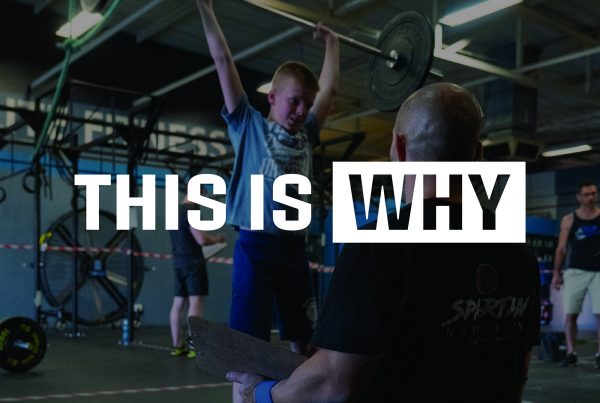Controlling your nutrient intake by way of calculating your macronutrient (macro) or caloric intake undoubtedly helps to ensure you’re eating enough to support your levels of activity while preventing excess body fat, if you have the right mindset. There are an array of methods to determine those numbers, but today I’d like to touch on two ways of managing those numbers.
Prospective management involves calculating your macro/caloric intake numbers and then ensuring that your food is weighed and counted before you consume it. Aside from the calculation, this of course requires preparing meals and snacks ahead of time, having a food scale in the kitchen, and knowing how many of each type of macro you’ll be consuming for a particular amount of food.
With retrospective management you calculate how many macros/calories you consumed after having the food. As the day goes on you try to meet your intake requirements based on what you have already eaten and what you ‘have left’ to eat. In this instance you do still need to calculate your intake numbers in advance and have that plugged into an app or at the very least a spreadsheet, and you do still need to use a resource that provides the nutritional information for the food you’re eating.
As with everything, there are pros and cons to both methods. With prospective management you know what you’ve got to eat and you have either have it prepared in advance or you have your plate on the scale while dishing your food up. You’re less likely to eat more than you should. But, that does require some ‘work’ on your behalf.
There’s less prep work with retrospective nutrition management. The work comes in ensuring that you log the food you ate after every meal and snack. The downside is that you might end up with a big deficit in one of your macronutrients at the end of the day. You then end up ‘making it up’ with convenient sources of food, and convenient is rarely healthy.
A big plus to both methods is that they teach you about portion control. You eventually learn how to eyeball your portions and you also get better at listening to your body–you learn to eat when you hungry and stop eating before consuming too much. More importantly, both methods have the potential to work.
It all comes down to you, though. Which method suits your lifestyle and personality traits better? The better the fit, the more likely you are to sustain the habits. They aren’t quick fixes either. If you adhere to either method for at least 80% of the time, you’ll be setting yourself up for ongoing success.
Neither approach is laborious. You just need to understand the hows and whys, and that’s why we offer individually tailored nutrition coaching. Get in touch to enquire about that.
–Imtiaz




